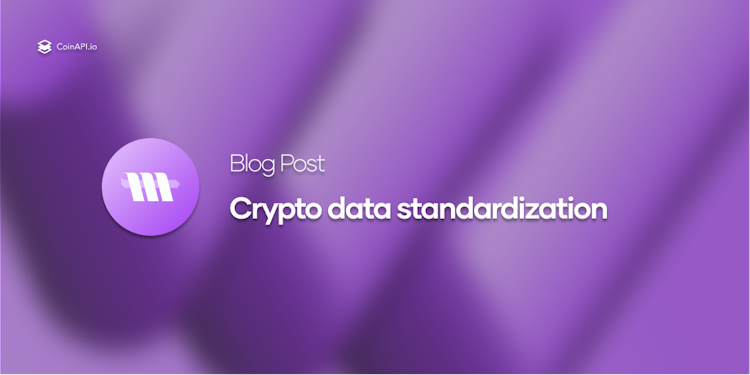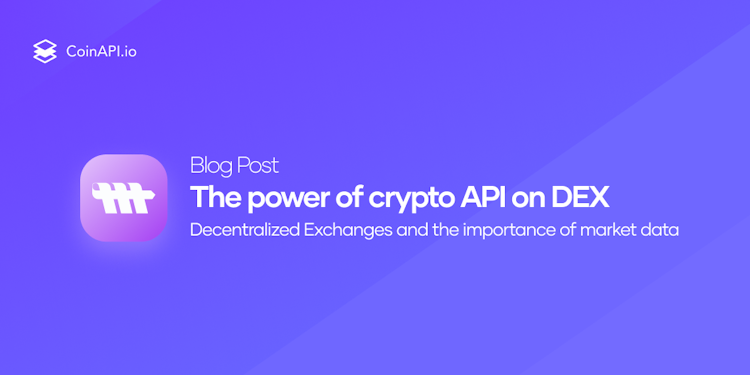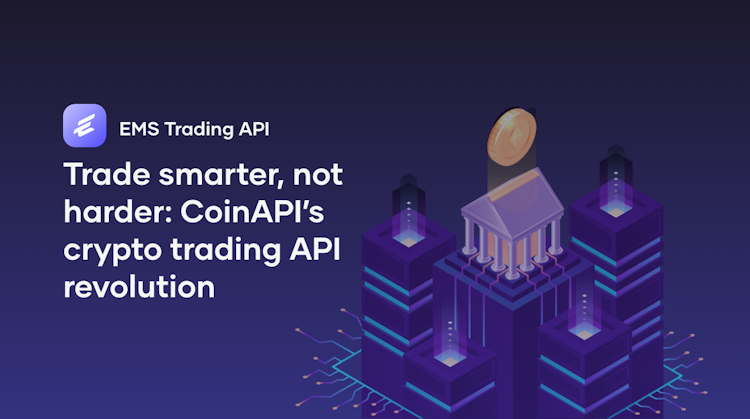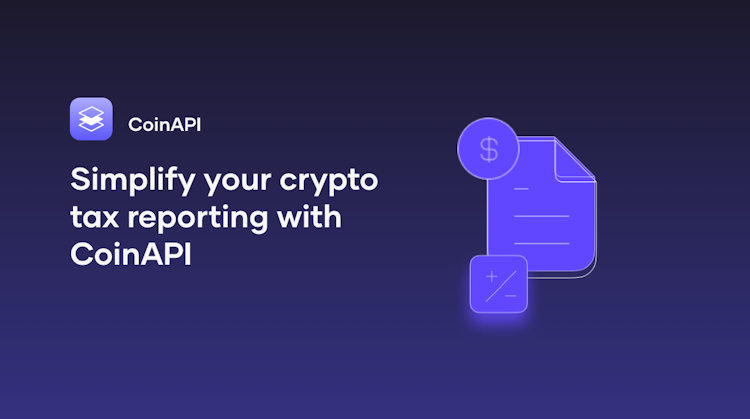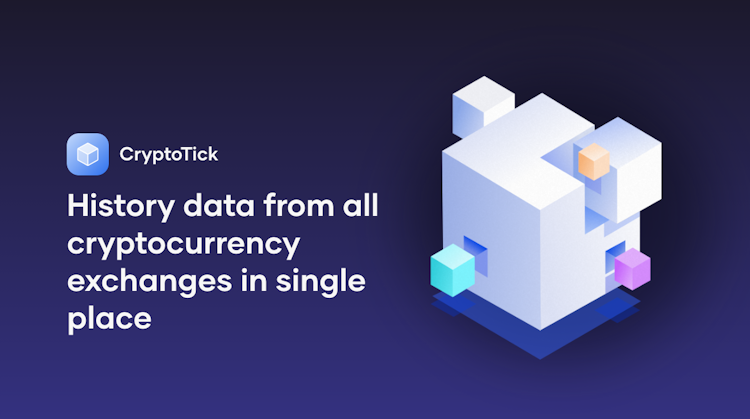How to get historical and real-time crypto data from multiple exchanges?

To say that the cryptocurrency market is booming is like saying nothing at all. Just ten years ago, there were around 50 different cryptocurrencies in circulation – now there are more than 13,000. Users can trade them on more than 600 crypto exchanges (according to Forbes). Only the largest of these, Binance, reached 170 million registered users worldwide in 2023. The Binance’s daily trading volume is $22,573,063,014. The total market cap of all cryptocurrencies is $1.32 trillion and still growing.
Why does crypto data collection matter?
It’s therefore not surprising that more and more digital products related to cryptocurrency trading are emerging on the market: wallets, crypto trading bots, portfolio management solutions, crypto tax and accounting solutions, and more. Businesses want to provide their users with the most accurate insights so they can make informed decisions. Cryptocurrency markets have also become the subject of academic research and analysis. Hence, the question arises: how to get historical and real-time crypto data from multiple exchanges? As is usually the case, the answer depends on your needs and the purpose of the data collection.
Data availability in crypto
Some data is easiest to find at the source, i.e. directly on a cryptocurrency exchange. So, if you need the current price of Bitcoin on Kraken, all you need to do is check directly on the platform. That was the easy part. The tricky one starts when you need aggregated historical data. It gets even more challenging when you explore multiple exchanges for different cryptocurrencies. And yet another challenge is sourcing crypto data in real time.
How to get historical and real-time crypto data?
There are three well-established methods to acquire complex crypto data. Below we outline which one to choose under the particular circumstances.
Method 1: Official APIs
Most cryptocurrency trading platforms provide official APIs, which give access to historical and current data about prices, trading volumes, and other relevant details. These APIs are typically well-documented and offer a dependable method for directly obtaining data from the exchanges. Advantages include direct access to both real-time and historical data, often available for free up to a specified usage limit, and are both reliable and secure.
However, this solution is only sufficient if you need data from one or at most two exchanges. Well, and if you have your software, and developer skills. Integration with an exchange and its maintenance can be complex and demands a lot of engineering hours.
Moreover, rate limits can restrict the amount of data you can fetch at once. And there is one more point to consider. By obtaining data from several exchanges, there is a risk that the data will be non-standardized, i.e. difficult to compare.
Read more: Crypto data standardization
Pros of official apis
- Historical data
- Real-time data
- Helpful documentation
- Security
Cons of official apis
- Long integration time
- High integration costs
- Non-standardized data

Method 2: Flat files
This solution is most often chosen by universities and analysts who don’t want to integrate via APIs. Flat files are a type of structured data file that groups certain relevant historical information and stores it in CSV format. This is the easiest way to get the data, as you simply enter what specific information you need and what period it should be from. You then proceed to payment and receive the file. An example of a tool that provides flat files is Cryptotick. It allows you to access tick-by-tick data, which is essential for backtesting trading strategies and understanding past market conditions.
Pros of flat files
- Quick and easy
- No need for integration
- No need for developer hours
- Well-organized data
- Wide array of data types
Cons of flat files
- No real-time data

Method 3: Market Data API
In method one, we described connecting to exchanges via APIs, which is time-consuming when integrating with several platforms. Fortunately, you can use Market Data API instead. It’s a platform from a third-party provider like CoinAPI that‘s already connected to hundreds of crypto exchanges. To access them all at once, you only need one API connection!
Read the full guide on CoinAPI’s cryptocurrency data API
Market Data API offers historical and real-time data from multiple exchanges. It provides quotes, trades, indexes, order books, and the ability to track many cryptocurrencies’ prices in one place. The data is standardized, which means it’s in a consistent format across different exchanges, making it easier to use and analyze.
Another advantage is that you don’t have to spend developer hours on integration and maintaining connections. CoinAPI connects to exchanges via REST APIs, Websockets or the FIX protocol, regardless of which one the exchange supports. It’s also responsible for high-level maintenance and ensuring a minimum latency in the transfer of real-time data.
Pros of flat files
- Easy integration
- Access to multiple crypto exchanges
- Historical data
- Real-time data
- Helpful documentation
- Data standardization
Cons of flat files
- Choosing an unproven provider may result in downtime and risk of data breaches

Obtaining crypto data without specific software
Even if you don’t have any specific software, you can still access an API connection. You can use simple tools like cURL or Postman, which are used to send requests to an API and receive responses. These tools are simple and don’t require any specific software development skills.
With cURL, you can send a request directly from your command line. Here’s a basic example of how you might use cURL to send a request to our API:
curl -H "X-CoinAPI-Key: YOUR_API_KEY" https://rest.coinapi.io/v1/exchangerate/BTC/USD
In this example, replace “YOUR_API_KEY” with your actual API key. This request would return the current exchange rate between Bitcoin and US dollars.
If you prefer a graphical interface, Postman is a great tool. You can input the URL, headers, and other information about your request, and it will display the response for you.
Remember, to use our API, you’ll need an API key, which you can get for free.
Summary
Collecting historical and real-time crypto data can be a complex task due to the vast number of sources and the dynamic nature of the data. However, CoinAPI provides efficient solutions for both in the form of flat files and API. Check again the pros and cons of each solution and choose the right one for you. And if you need assistance in making your decision, we are happy to help – contact us.
Stay up-to-date with the latest CoinApi News.
I Agree to CoinApi’s Privacy Policy*


